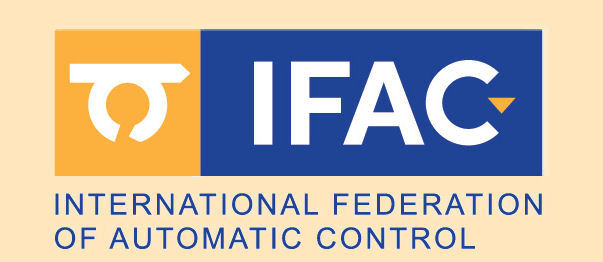| Paper WeA2.5
Hanif, Athar (The Ohio State University), Ahmed, Qadeer (The Ohio State University)
Hotel Loads Management for Green Hoteling in Heavy Duty Truck under Super Truck-2 Program
Scheduled for presentation during the Regular Session "Optimization of transportation infrastructure" (WeA2), Wednesday, June 18, 2025,
12:20−12:40, Jos
AAC 2025 11th IFAC International Symposium on Advances in Automotive Control, June 15-18, 2025, Eindhoven, Netherlands
This information is tentative and subject to change. Compiled on June 1, 2025
|
|
| Keywords Vehicle architecture for XEV, Optimal design and control of XEV, Energy management for XEV
Abstract
The problem of engine idling for heavy-duty trucks has been under study for decades with Auxiliary Power Units (APUs) and Truck Stop Electrification (TSE) as the most compelling solutions. With the electrification of trucks approaching feasibility in terms of cost-effective technology, hybridization offers another “degree of freedom” to tackle the problem. This work aims at exploiting a battery pack of a 48V mild-hybrid heavy-duty truck to store sufficient onboard energy for powering the auxiliary loads during the hoteling. This problem is not trivial, as the battery packs typically cannot recover the entire energy required through regeneration alone; hence an optimal energy management strategy needs to be employed to charge the battery through the engine during drive operation. This strategy optimizes powertrain performances among the four modes: (i) Engine of Coasting (EOC), (ii) Regeneration by braking, (iii) Regeneration by engine, and (iv) engine idling. This discussion paper presents (i) the development of a Dynamic Programming (DP) framework that employs a multi-objective cost function to minimize fuel consumption and maximize regeneration using the four modes as mentioned earlier to achieve the benchmark results, (ii) based on the benchmark results, the real-time implementable charging strategies (a rule-based and optimal strategy) are developed and realized on the actual vehicles, (iii) physics-based grey-box models are developed to estimate the e-HVAC power consumption and for the cabin loads, a machine learning algorithm is developed to predict the driver behavior for energy usage. This saves unnecessary idling. Finally, the effectiveness of the proposed work is tested for potential fuel savings on two different battery packs by performing full-cycle simulations. The results show a 4.47% reduction in fuel consumption compared to benchmark results for heavy-duty trucks. As a result, a cost savings of 40 and a CO2 reduction of 175 lb to the environment is achieved for a single heavy-duty truck.
|
|


 This site is protected by copyright and trademark laws under US and International law.
This site is protected by copyright and trademark laws under US and International law.